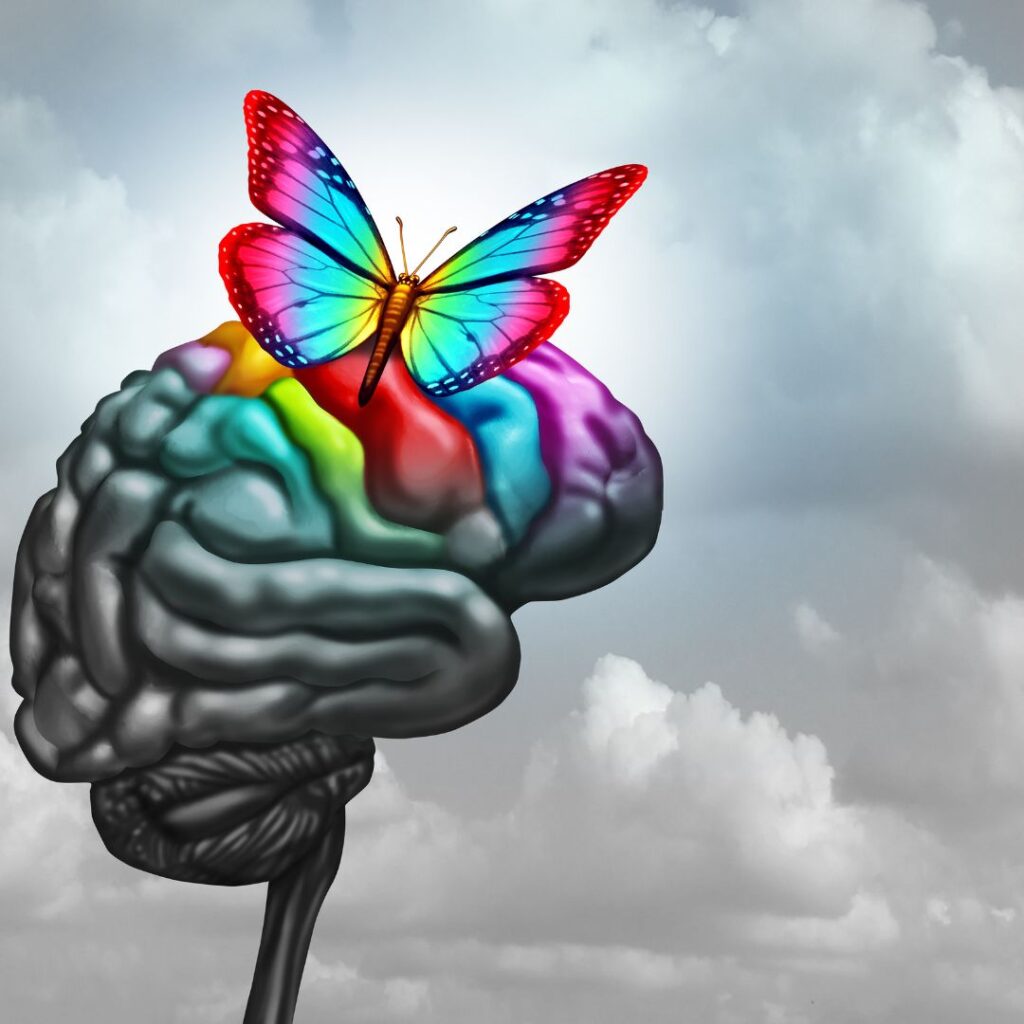How are the symptoms different in women?
The symptoms of autism in women are not very different from those in men. However, researchers believe that women and girls are more likely to disguise or hide their symptoms. This is particularly common among women at the highly functioning end of the autism spectrum.

Common forms of camouflage include:
Force yourself to make eye contact during conversations
prepare jokes or phrases ahead of time to use in conversation
imitate the social behavior of others
imitate expressions and gestures
Although both men and women with autism can disguise their symptoms, it appears to be more common in women and girls. This could explain why they are less likely to be diagnosed with autism.
It is important to note that studies looking at differences between autism in women and men have been very small or imprecise. Experts don’t yet have definitive information on these differences, including whether they are real or just the result of dissembling.
Still, one of the largest studies on the subject suggests that, compared to men, women with autism have:
More social difficulties and problems interacting
Less ability to adapt
Less tendency to focus too much on a subject or activity
More emotional problems
More cognitive and language problems
More problem behaviors, such as acting out and becoming aggressive
Many more long-term studies are needed to draw firm conclusions about autism in women.
What causes autism in women?
Experts aren’t sure what causes autism. Given the wide range of symptoms and severity, it is likely that autism is caused by a number of factors, including genetic and environmental factors.
While there is no evidence that the exact cause of autism is different between the sexes, some experts suggest that boys are more likely to develop it.
For example, the researchers involved in the larger study mentioned above believe that girls could be born with genetic protective factors that reduce their chance of developing autism.
There is also an emerging theory known as “extreme male brain.” It is based on the idea that exposure of the fetus to high levels of male hormones in the womb could affect brain development.
As a result, a boy’s mind may focus more on understanding and categorizing objects, traits generally associated with the male brain. This is in contrast to empathy and socialization, which are more often associated with the female brain.
The effect of hormones on brain development is still poorly understood, which leaves this theory with some important limitations. Still, it’s a start to understanding how autism develops and why it occurs more in boys than girls.
Is there an autism test for women?
There is no medical test that can diagnose autism. It can be a difficult process that often requires seeing multiple types of doctors.
If you think your child might be on the autism spectrum, make an appointment with your doctor. Depending on your child’s symptoms, your doctor may refer him or her to a child psychologist or pediatric neurologist.
If you suspect you might have undiagnosed autism, start by talking with your primary care doctor. A psychologist can also evaluate your symptoms and rule out other possible causes.
Autism can be very difficult to diagnose in adults. You may need to see a few doctors before you find one who understands your symptoms and concerns.
If possible, try to ask close family members about any potential signs or symptoms you may have shown as a child. This can help your doctor get a better idea of your childhood development.
Throughout the process, remember that you advocate for your well-being. So if you think your doctor isn’t taking your concerns seriously, tell them or get a second opinion. Seeking a second opinion is common, and you shouldn’t mind doing so.
How is autism treated in women?
While there is no cure for autism, medications can help control certain symptoms or related disorders that occur together.
But medication is only one aspect of autism treatment. There are many types of physical, occupational, and talk therapies that can help you better interact with the world around you and manage your symptoms.